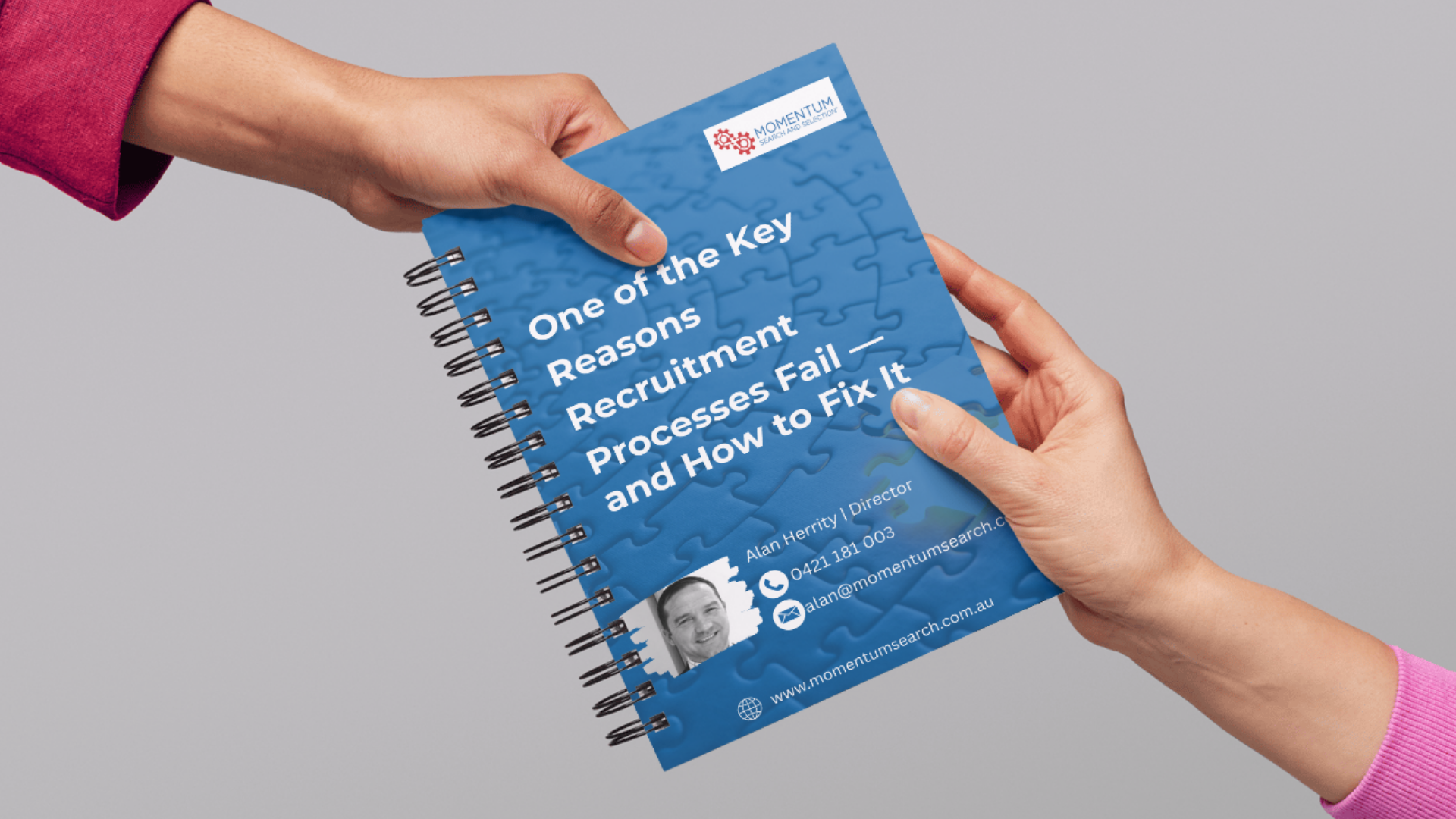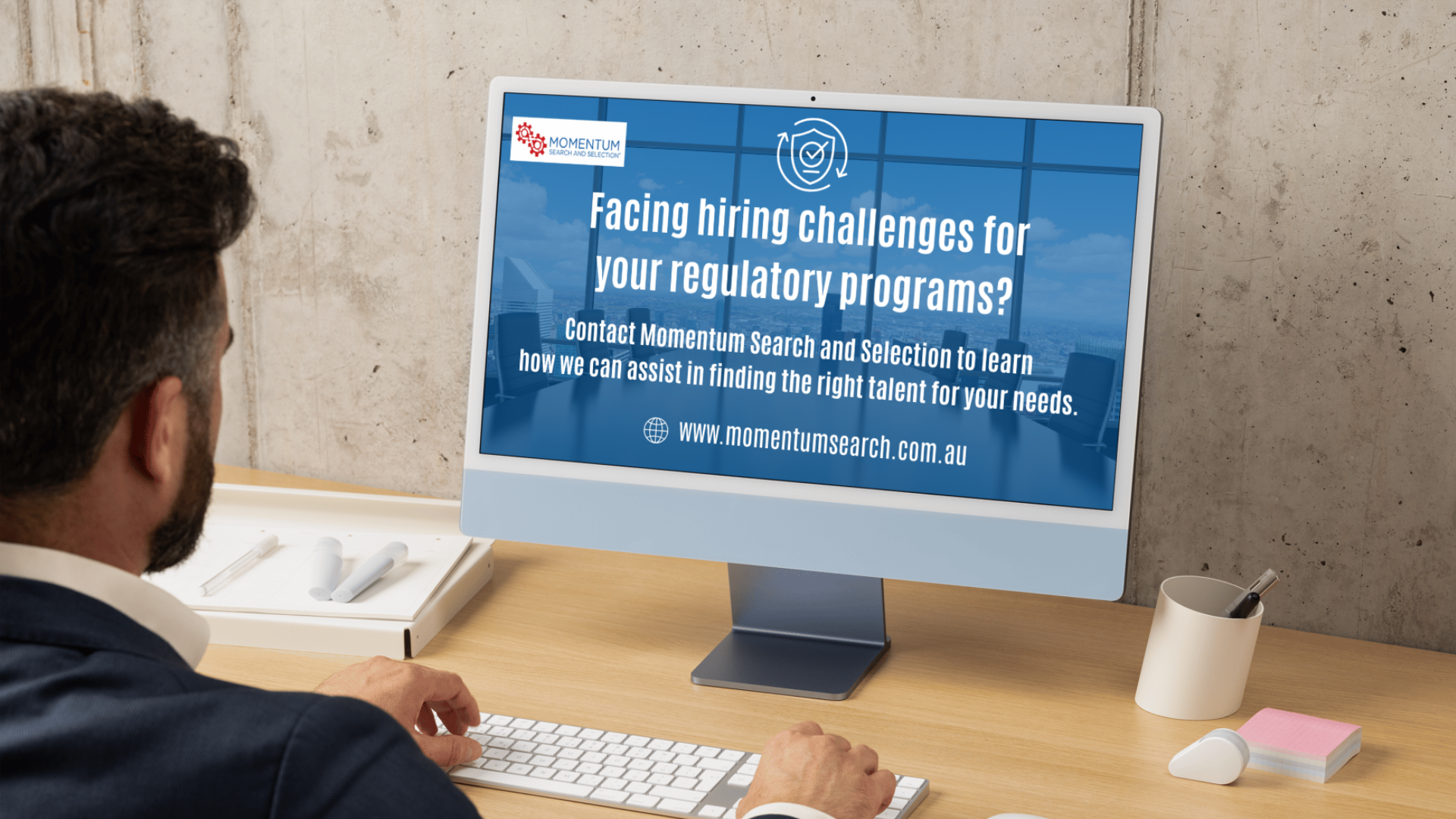Alan Herrity | December 9, 2020

By Alan Herrity | December 9, 2020 | agile
At Momentum Search, our regular Virtual Round Tables bring expert advice and know-how to senior management and executives across Australia.
While many organisations are accelerating their digital transformation journey due to the pandemic, the truth is that these projects come with their own risks and difficulties. In fact, 70% of digital transformations fail, never mind the ones that come with an unproductive, and cost-draining process. At a time when digital transformation is proving make or break for businesses across the globe, it’s absolutely crucial that you get the basics right before embarking on your own.
To find out how to do this, we invited transformation expert Megan Fisher to host our most recent virtual round table event. A product person by trade, Megan has 20 years of digital transformation experience, bringing the people in an organisation together on the most effective transformation journey possible.
In joining us, Megan shared the following 8 tips to ensure your digital transformation is as productive, cost-efficient and successful as possible.
Establish your Why
The first key part of any transformation is to establish the link to strategy. What is your core strategic reason behind the need to change? This could be product simplification, cost reduction, having the ability to respond quicker in a competitive market, or improvements in customer experience. Whatever your strategic intent, it’s also important to ensure that executives are aligned, and the business case is compelling prior to commencing.
Put the right team in place
To execute any successful project, you’ve got to have the right people in the right roles. With digital transformations, experience matters. Not all companies have done it before and even if they have, it’s not necessarily a skillset that has been maintained. It’s always recommended to bring in some experts with the relevant experience if you want to avoid common pitfalls.
When it comes to the people on your project, it’s also a good idea to bring in what Megan calls “the challenger”. This is ideally an external person who you bring in to deliberately perform the challenger role, to ask the tough questions and challenge your thought processes. This can really help your organisation to find the genuine best process and break out of the “this is the way we have always done it” narrative.
Use multiple communication methods and put them on repeat
With the power of communication often underestimated, using repetition and different channels can be a good way to ensure your message gets through. It’s also important to make sure it’s always a two-way street; always ask for feedback, don’t just assume. At the round table, Megan shared her experience of successfully using town halls, emails, videos, yam jams (yammer sessions) and showcases in order to get really the message across.
Develop an agile approach to organisational change and communications that can evolve over time. It’s important to ensure that everyone is aware of your initiative, what is in it for them, and what role they need to play.
Slice and dice to match capacity
Depending on the limitations of your project, there can be real strategic benefits to slicing and dicing. For example, if you have limited funds or resources but have more time, consider a staged multi-year approach. It may be a really helpful technique to break the project up into more gradual sections.
Tackle challenges early with a problem-solving mindset
Tailoring your approach to your project is vital. Additionally, a good tip is to action the most valuable and potentially most difficult tasks first to ensure from the outset that they’re actually doable. A problem-solving mindset across the group is also fundamental when it comes to being prepared for when things go wrong.
Weigh up customisation
With any SaaS implementation, you’ve got to weigh up the pros and cons of customisation. Not a fan of unnecessary customisation, Megan explained that when your digital transformation involves SaaS, it’s better to avoid customising your SaaS, when you can update your processes instead.
Too much customisation can create a lot of extra expense, complication and be a burden to carry when future upgrades are delivered. The business must be aware of the challenges and complexity of customisation, making it important to look at every option before agreeing to customise.
Utilise outside expertise
To lessen the load, businesses should seriously consider partnering with start-ups, vendors or consulting partners. During her most recent role at AusNet Services, Megan and her team partnered with start-ups to bring non-traditional and cutting-edge solutions, alongside a valuable start-up culture, to her innovation transformation.
Evolve for success
Lastly, if a transformation is ever going to be successful, it’s absolutely crucial to consistently measure across the entire project with a system that can evolve and improve as your project progresses. This can include benefits tracking, ROI or stage gates to de-risk investment, allowing you to only continue spending time and money on a digital transformation project that is really delivering.










